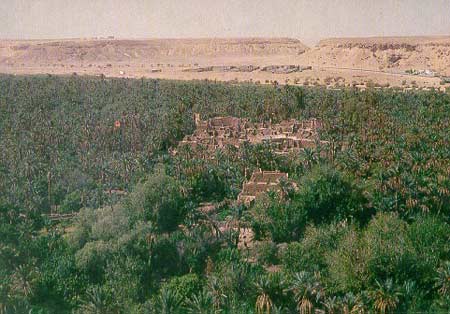The Sahara Desert in Africa is the largest desert in the world, where seemingly no vegetation or water exists, only the golden hue of sand is visible.
Decades ago, it was widely believed that this area was once a vast ocean in ancient times. After millions of years of evolution, the ocean disappeared, transforming the region into the desert we see today. However, recently, the United Nations’ Geography and Racial Studies Center utilized the most advanced technical means to drill and explore the deep layers of the Sahara Desert. Through meticulous computer analysis, they concluded: In ancient times, the Sahara was a tropical forest, completely negating the theory of the ocean. This breakthrough conclusion has inspired scientists and attracted an increasing number of researchers to explore the Sahara.
A team of Italian researchers visited the Vakibiedug basin in the Sahara Desert in 1982. They observed clear depictions of various animals such as giraffes, elephants, rhinoceroses, hippos, and crocodiles painted on fossilized canvas found at the bottom of a long-dried river. Here, archaeologists also discovered human relics from the Paleolithic era, including intact paintings of humans and animals. What the archaeologists found indicates that there was once an ancient culture present in the Sahara, or at least a culture that had an influence on this land.

The Sahara in ancient times was a tropical forest (Photo: algeria-un)
German archaeologists conducted detailed studies of the paintings using computers. The results were surprising: in the reconstructed painting, there were two types of people: one with white skin and one with black skin. The white-skinned individuals used axes and hammers, and their livestock included goats and sheep. In contrast, the black-skinned individuals used bows and arrows, primarily raising cattle.
What could have caused humanity to abandon their homeland? And what destroyed the vibrant green vegetation? Throughout Earth’s evolutionary process, countless unimaginable events have occurred. The Sahara is no exception. So, what is this mystery?

















































